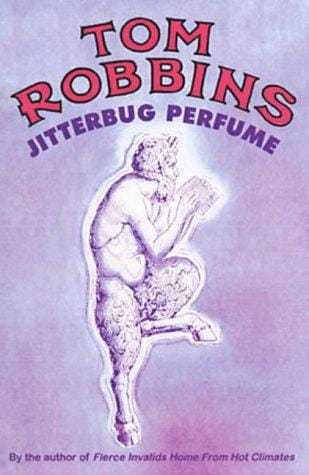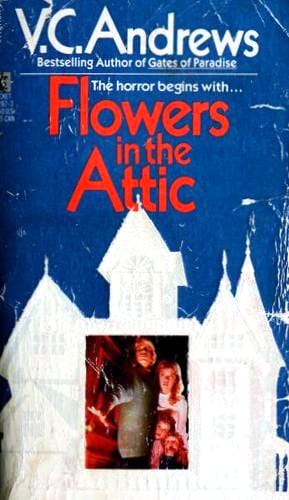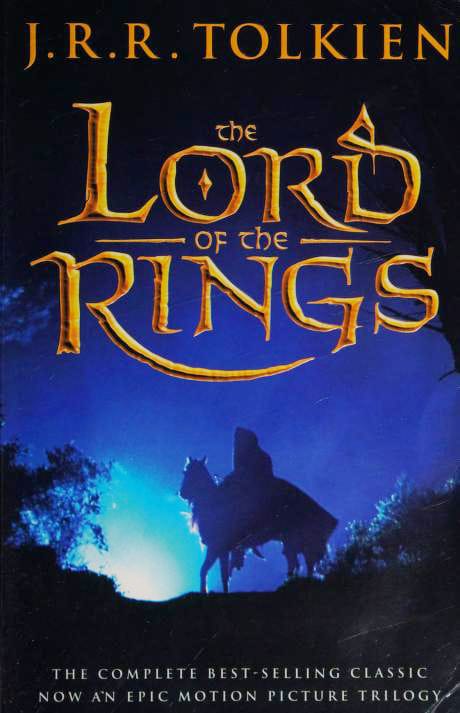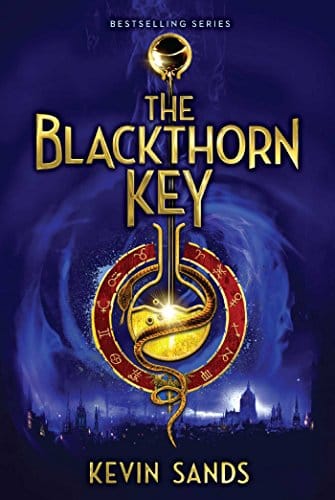Charlie and the Chocolate Factory: Exploring Roald Dahl's Sweet Classic
Explore the plot, themes, characters, and cultural impact of Roald Dahl's classic "Charlie and the Chocolate Factory" in this 800-word deep dive.
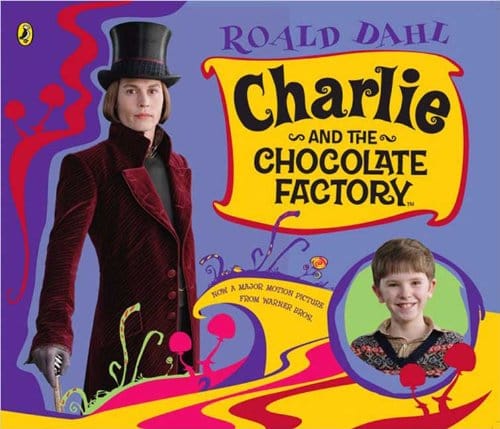
Introduction
Since its publication in 1964, Roald Dahl0s "Charlie and the Chocolate Factory" has enchanted readers of all ages with its scrumptious imagination, largerd0thanl0life characters, and hopeful message. The story of poor Charlie Buckete2??s golden ticket and whirlwind tour through Willy Wonkae2??s fantastical sweet factory has become a staple of childrene2??s literature, spawning blockbuster films, stage adaptations, video games, and even reale2??world candy marketing campaigns. This article dives into the plot, themes, characters, adaptations, and lasting cultural impact of Dahle2??s beloved novel while offering fresh insights for new readers and lifelong candy fans alike.
Plot Summary
The novel follows Charlie Bucket, a kindd0hearted boy who lives with his parents and four bedridden grandparents in a tiny, drafty house on the outskirts of a bustling industrial city. Charliee2??s family survives on his fathere2??s meager toothpasted0cap screwing salary, leaving little room for luxuriesd0f0especially chocolate. When the reclusive confectioner Willy Wonka announces a worldwide contest to find five golden tickets hidden inside his candy bars, Charliee2??s hopes soar. Against staggering odds, he unearths the final ticket and gains entry to the factory alongside four other childrend3Augustus Gloop, Veruca Salt, Violet Beauregarde, and Mike Teavee.
Inside, the children discover rivers of molten chocolate, lickable wallpaper, Everlasting Gobstoppers, and the enigmatic Oompad0Loompas who run the factorye2??s whimsical machines. Each childd0except Charlied0falls prey to their own flaws: Augustus is sucked into a pipe after drinking from the chocolate river, Violet inflates into a blueberry by chewing an experimental gum, Veruca is tossed down a garbage chute by trained squirrels, and Mike is shrunk inside Wonkae2??s television chocolate machine. Charliee2??s humility and integrity impress Wonka, who ultimately names him heir to the entire chocolate empire, promising a sweeter future for the Bucket family.
Major Themes
Poverty and Hope
Charliee2??s gripping poverty drives the novele2??s emotional core. Dahl contrasts Charliee2??s extreme deprivation with the sensory overload of Wonkae2??s factory, highlighting the idea that hope can emerge from hardship. The golden ticket metaphorically suggests that miracles can happen even to those least likely to receive them.
Rewarding Virtue
Each eliminated child represents a different viced0gluttony, greed, pride, and excessive screen timed0while Charlie embodies empathy and selflessness. Wonkae2??s singling out of Charlie underscores Dahle2??s moral that good behavior yields the sweetest rewards.
Imagination and Innovation
Willy Wonka personifies unbridled creativity. His factory defies the laws of physics and chemistry, celebrating the power of thinking beyond conventional limits. This theme resonates with entrepreneurs and inventors who view the story as a rallying cry for bold experimentation.
Iconic Characters
Willy Wonka
Part wizard, part mad scientist, Willy Wonka remains one of literaturee2??s most unforgettable personalities. His eccentric wardrobe, cryptic riddles, and childlike wonder make him both unpredictable and magnetic. Readers often debate whether he is benevolent or slightly menacing, adding layers of intrigue to the narrative.
Charlie Bucket
Despite his bleak circumstances, Charlie never complains. His devotion to his family and readiness to share his scant treats illustrate a purity of heart that resonates across generations. As an everyman hero, Charlie reassures readers that kindness can triumph over adversity.
The Oompa-Loompas
The singing, oranged0skinned factory workers provide comic relief while delivering cautionary moral verses after each childe2??s downfall. Although early editions portray them problematically, modern publications have revised their depiction, prompting meaningful conversations about representation in childrene2??s literature.
From Page to Screen and Stage
Charlie and the Chocolate Factory has enjoyed multiple successful adaptations. Gene Wildere2??s 1971 portrayal of Wonka in "Willy Wonka & the Chocolate Factory" introduced psychedelic sets and the nowd0classic song "Pure Imagination." Tim Burtone2??s 2005 film starring Johnny Depp stayed closer to Dahle2??s source material while expanding Wonkae2??s backstory. In 2013, the West End musical added toed0tapping numbers and elaborate stagecraft, later transferring to Broadway and touring internationally. Each version reinterprets Wonkae2??s eccentricity for a new era while amplifying the novele2??s dazzling visuals.
Cultural Impact and Legacy
The booke2??s influence extends far beyond literature. Candy companies have released Everlasting Gobstoppers, Wonka Bars, and Nerds under the Wonka brand, turning fiction into shelfd0ready sweets. The phrase "golden ticket" has entered everyday language as shorthand for a lifed0changing opportunity. Meanwhile, educational curricula employ the novel to teach creative writing, ethics, and even basic economics through the lenses of supply, demand, and scarcity.
Visiting the Factory Today
While Willy Wonkae2??s actual factory exists only in fiction, fans can experience thematic attractions worldwide. Cadbury World in Birmingham recreates chocolated0making magic, while theme parks host popd0up Charlie and the Chocolate Factory experiences complete with immersive tunnels and candy rivers. Literary tourism packages offer guided walks in Great Missenden, the English village where Dahl lived and wrote many of his classics, including glimpses into his famed writing hut.
Why the Story Still Matters
More than a whimsical sugar rush, "Charlie and the Chocolate Factory" remains relevant because it champions empathy, underscores the pitfalls of vice, and celebrates the boundless potential of imagination. In an age of rapid technological change and widening inequality, its reminder that goodness can prevaild0and that wonder resides in the most unexpected placesd0feels as vital now as it did six decades ago.
Conclusion
Whether you are revisiting Roald Dahle2??s novel, streaming a film adaptation, or unwrapping a candy bar with hopeful anticipation, "Charlie and the Chocolate Factory" invites you to dream bigger, act kinder, and taste the sweetness of possibility. As long as readers crave stories that fuse moral clarity with imaginative delight, Charlie Buckete2??s golden ticket adventure will continue to shine as brightly as a wrapper fresh off Willy Wonkae2??s chocolate river.
